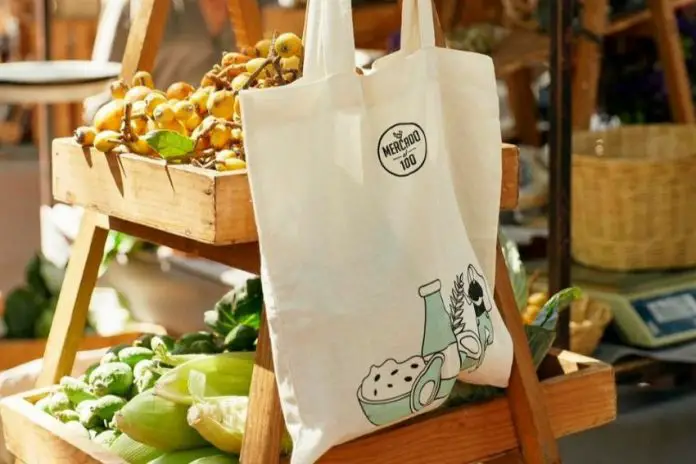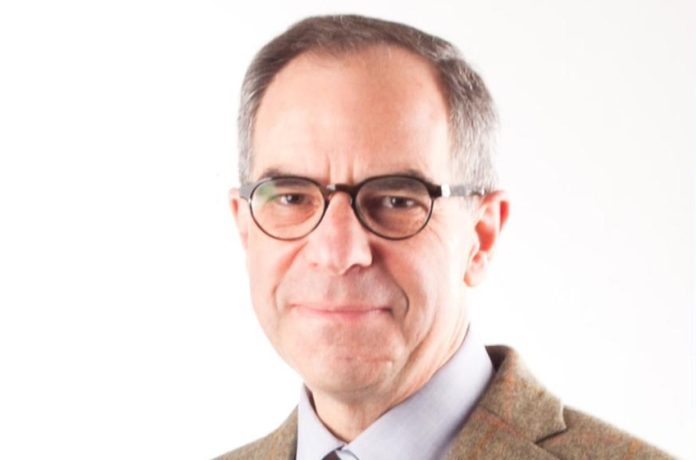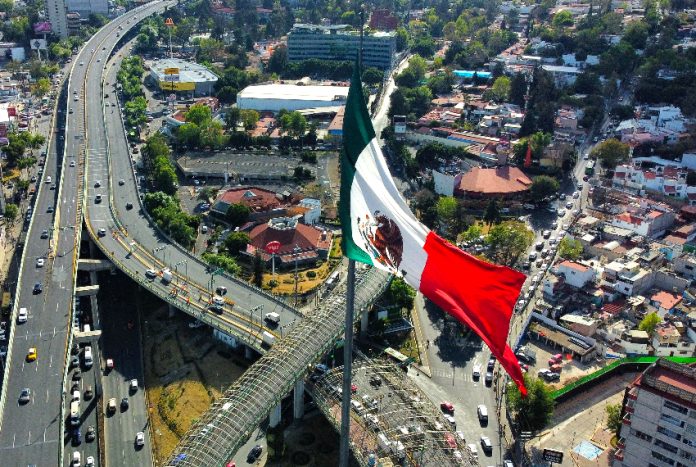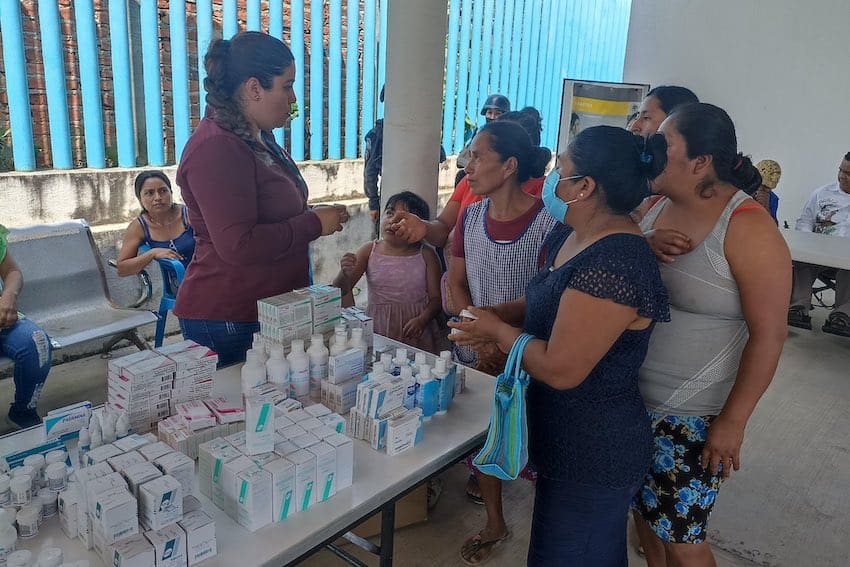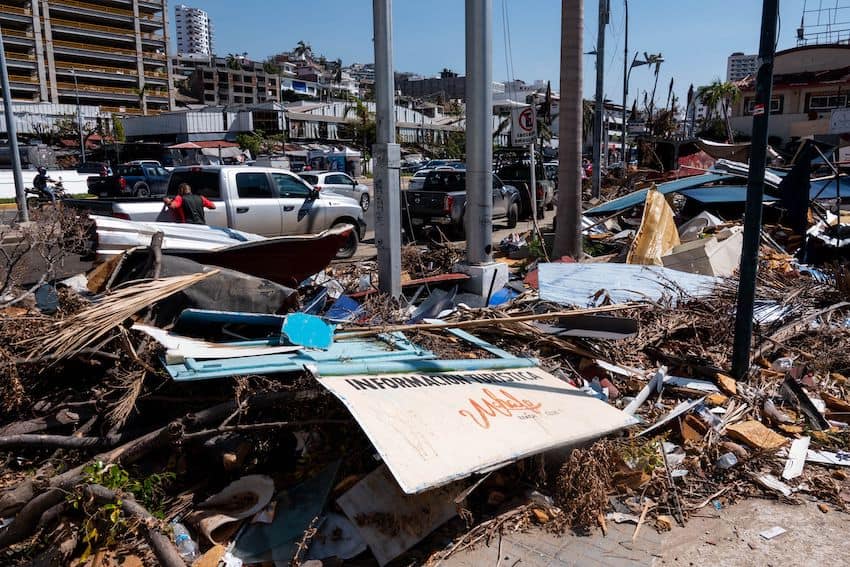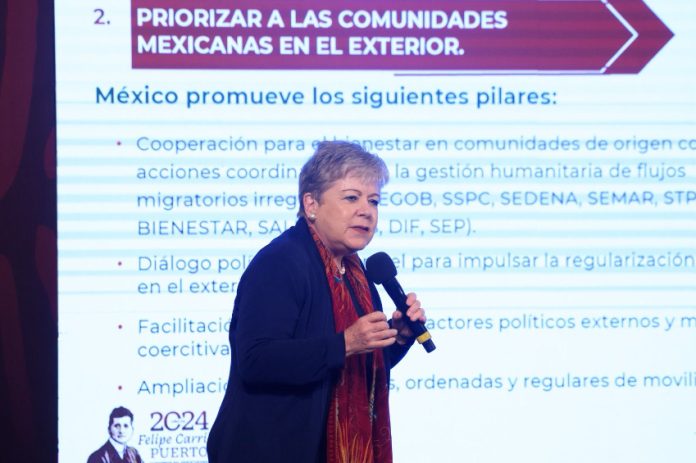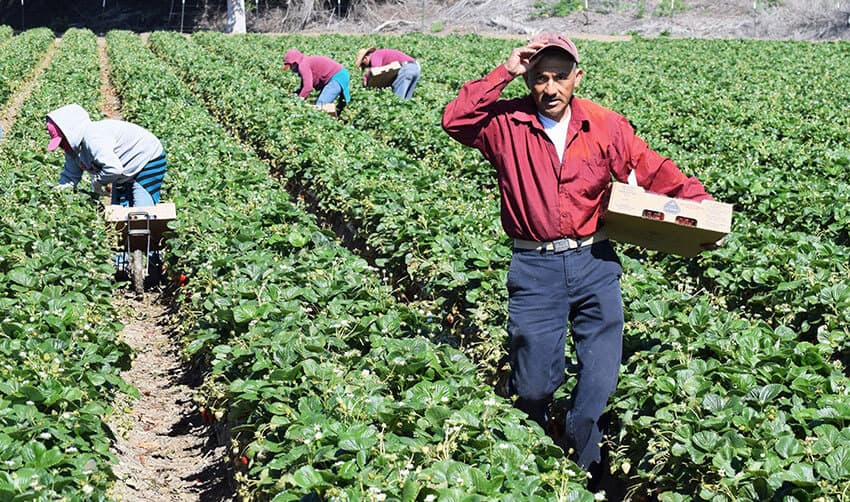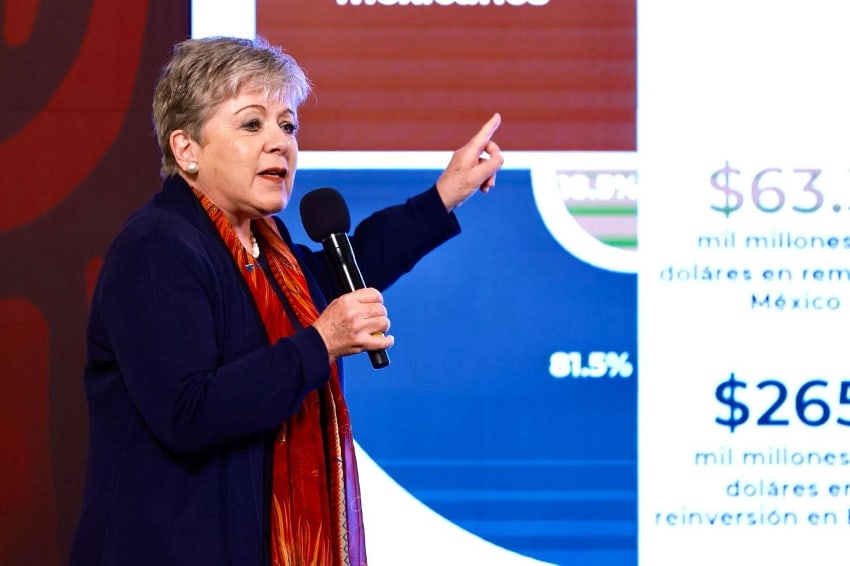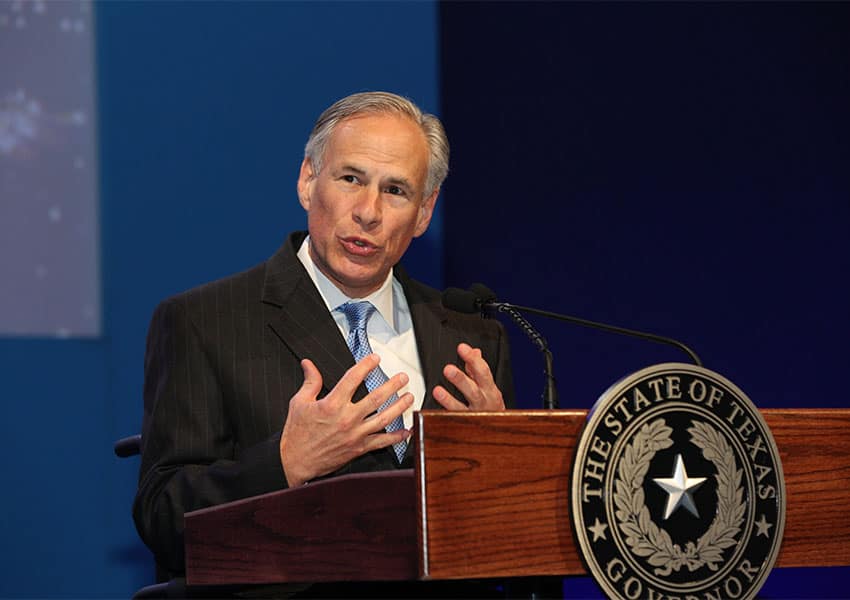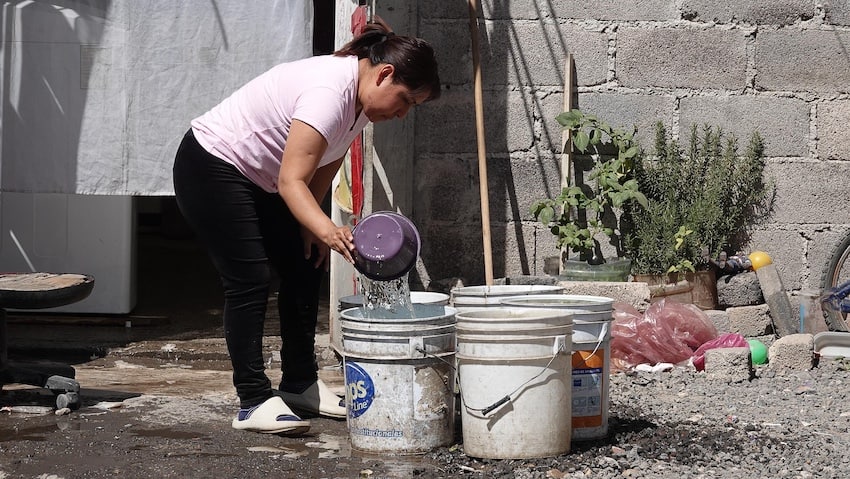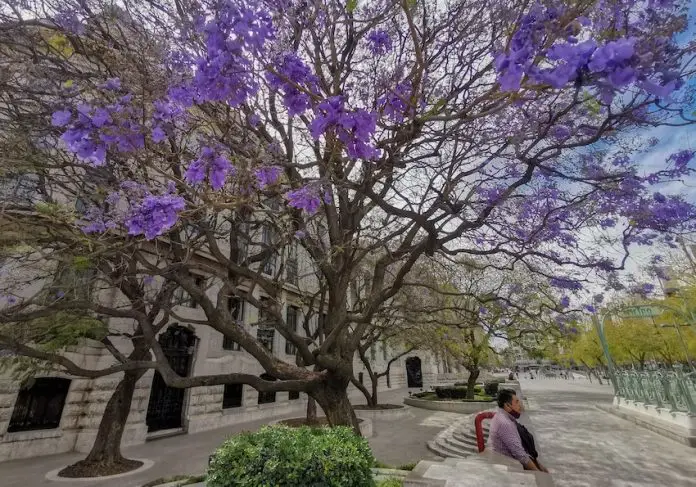An average stroll down nearly any street in Mexico City looks a bit like this: Dodge a pushcart stocked with local honey for sale, almost trip over a street vendor’s spread of artisan baskets, bump into a little abuela with a bucket of red roses. It often feels that there’s nothing you can’t find for sale right outside your door.
This is why I love a good Mexican tianguis, or open-air market that takes place on certain days of the week. Tianguis are organized by location and tent color and, unlike street vendors, everything is in one place, resulting in a seamless purchasing experience.
The perks of shopping in your local tianguis are extensive and enriching. In my own experience, filling my casa with products from Mexico City’s array of markets has:
- Improved my Spanish
- Strengthened my immune system
- Involved me in the community (I have a regular weekly chat with the family at my favorite fruit stall and the lovely ladies who sell flowers always give me an extra for my bouquet)
- Encouraged me to try unfamiliar things
Next time you find yourself in Mexico’s busy capital for the weekend, carve out a couple hours to mingle with the locals and pick up a few necessities along the way at any of the following six markets that I, a self-proclaimed mercado connoisseur, feel are among the most vibrant and interesting in town.
Tianguis Sullivan
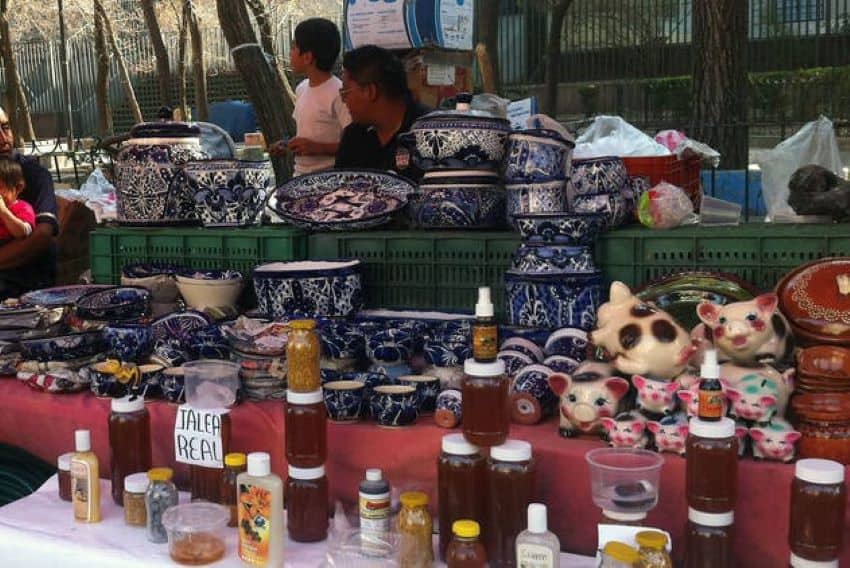
Location: Cuauhtémoc
Schedule: Sundays, 10:00 a.m. – 5:00 p.m.
Open on Sundays alongside the Art Market in Jardin de Sullivan, this bustling emporium sells the works: national and international produce, plants, fresh juice, meat and fish, clothing, kitchen utensils, nuts and dried fruits and flowers. There are stalls with barbacoa tacos, others with paella, still others with freshly baked bread.
Munch on an elote as you fill your basket with mangos, avocados and tortillas while waiting for your new piece of Mexican art to be framed at the stall on the Northeast end. Expect very few gringos and lots of opportunities to practice your Spanish.
Things to see around here: Next to the Esquina Barragan Bistro is an obscure yellow wall that makes no sense until you realize it’s a Barragan-designed structure. Inside is Museo Experimental el Eco which showcases exhibits curated by UNAM.
Bazar de Libros

Location: San Fernando
Schedule: Saturdays, 10:00 a.m. – 5:00 p.m.
Stacks and stacks of books of all genres (mostly second-hand) are for sale at this book lover’s paradise. Children’s books, romance books, thrillers and classics line the plaza in front of the San Fernando Pantheon and Catholic church. Prices range, but most vendors are open to negotiation, provided you bargain in Spanish.
Things to see around here: Former president Benito Juarez (kind of like Mexico’s Abraham Lincoln) and other historical figures are buried in the spooky-but-stunning San Fernando Pantheon. The Alameda Park and Centro Historico’s popular sites are a ten-minute walk away.
Tianguis Los Fierros
Location: Doctores
Schedule: Sundays, 10:00 a.m. – 5:00 p.m.
If La Lagunilla is the king of antique markets, Los Fierros is but a prince. With that said, it’s an excellent alternative for the days that Centro feels like a bit too much. This antique market in Doctores is perfect for browsing vintage finds, like furniture and dishware, at a leisurely pace without the pressure to “buy and move on.”
Vendors here are seemingly more interested in gossiping with each other, which makes for a relaxed window shopping experience. The market is located in Jardín Dr. Ignacio Chávez on the border of La Romita and Doctores, an often overlooked corner of town with a lot of life. Just a few blocks away is a produce market, so you can buy a vintage watch and a kilo of carrots in one shot.
Things to see around here: La Laguna, a very cool artistic warehouse with artisan shops, a cafe and a small restaurant that serves organic wine.
Mercado el 100
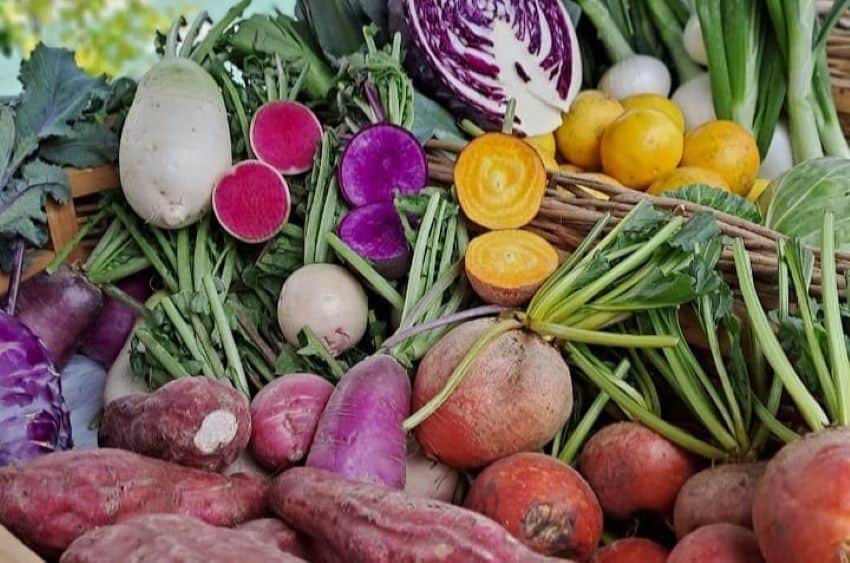
Location: Roma Sur
Schedule: Sundays, 10:00 a.m. – 5:00 p.m.
Anyone in search of a Los Angeles-style market complete with organic cilantro and homemade bone broth needs to put this on their Sunday to-do list. Trendy, homeless-chic expats in oversized sunglasses nibble on blueberry pie, dropping crumbs to be vacuumed up by blue-eyed Australian shepherds. Workshops, like “turn your salad into an entree,” are free for the public to join.
It’s sceney, it’s organic, it’s delightful, and while not cheap, Mercado el 100 offers a variety of products not generally found in a traditional tianguis.
Things to see around here: An artsy film at Cine Tonalá.
Bazar Lomas Verdes
Location: Naucalpan de Juárez
Schedule: Tuesday – Sunday, from 10:00 a.m.
Technically the market is not in Mexico City, but it’s close enough. This famous bazaar in México state has been functioning for over three decades and has everything. I mean everything. It’s divided into sections selling clothing, skateboards, electronics, sunglasses, perfumes…you get the picture.
Bazar Lomas Verdes is a staple for vintage and second-hand clothing aficionados and boasts the added benefit of selling anything else you might need or want that day.
Things to see around here: More like things to drink. The micheladas sold in the culinary zone are famous and refreshing on a hot day.
Bazar San Jacinto (Bazaar Sábado)

Location: San Ángel
Schedule: Saturdays, 10:00 a.m. — 5:00 p.m.
It’s one of the most iconic markets in Mexico City and for good reason. The bazaar at San Jacinto in the romantic colonia of San Ángel has been in business since the 60’s with local artists selling creations of all kinds: jewelry, paintings, sculptures, home goods like wool rugs and cotton blankets, purses, baskets. It coincides with the Saturday Bazaar (Bazaar Sábado), colorful stalls of Mexican goods situated inside a sprawling 18th century house.
Anyone looking to add Mexican flair to their home or in need of a unique Taxco silver necklace for an upcoming gala should pop on over.
Things to see around here: There’s quite a lot to see in San Ángel, including the San Jacinto Catholic Church, the convent and the El Carmen Museum. Wrap it up with a fancy lunch at San Ángel Inn.
Bethany Platanella is a travel planner and lifestyle writer based in Mexico City. She lives for the dopamine hit that comes directly after booking a plane ticket, exploring local markets, practicing yoga and munching on fresh tortillas. Sign up to receive her Sunday Love Letters to your inbox, peruse her blog, or follow her on Instagram.
